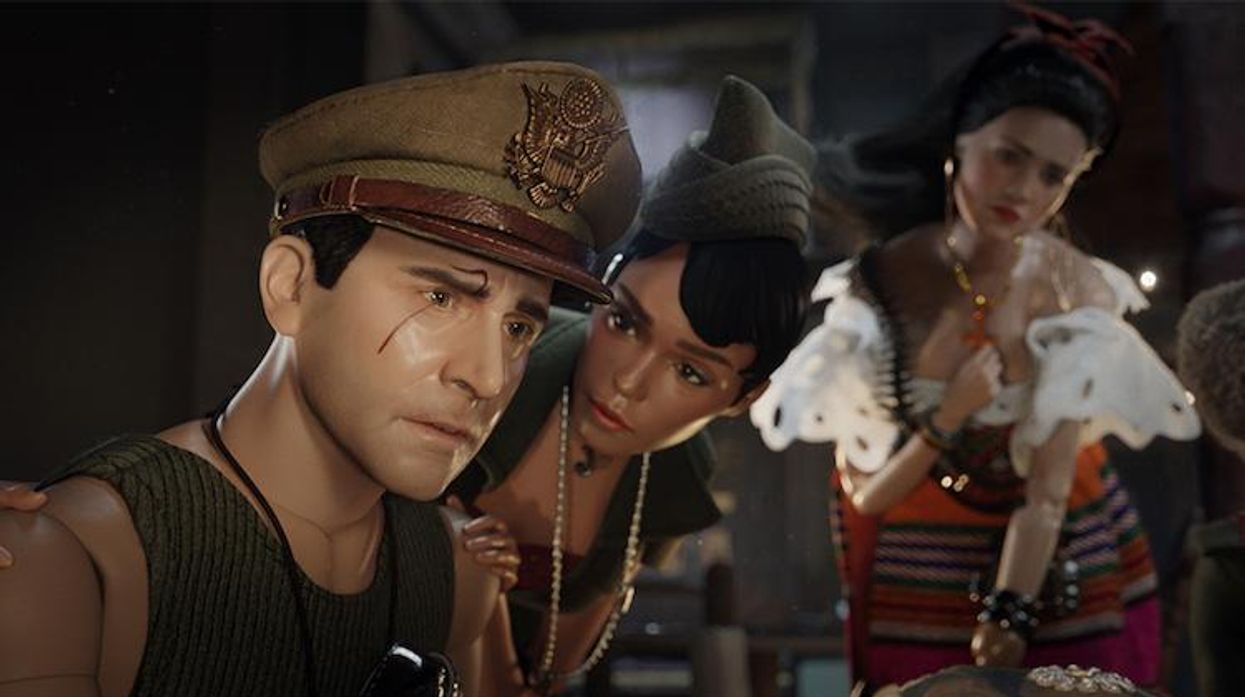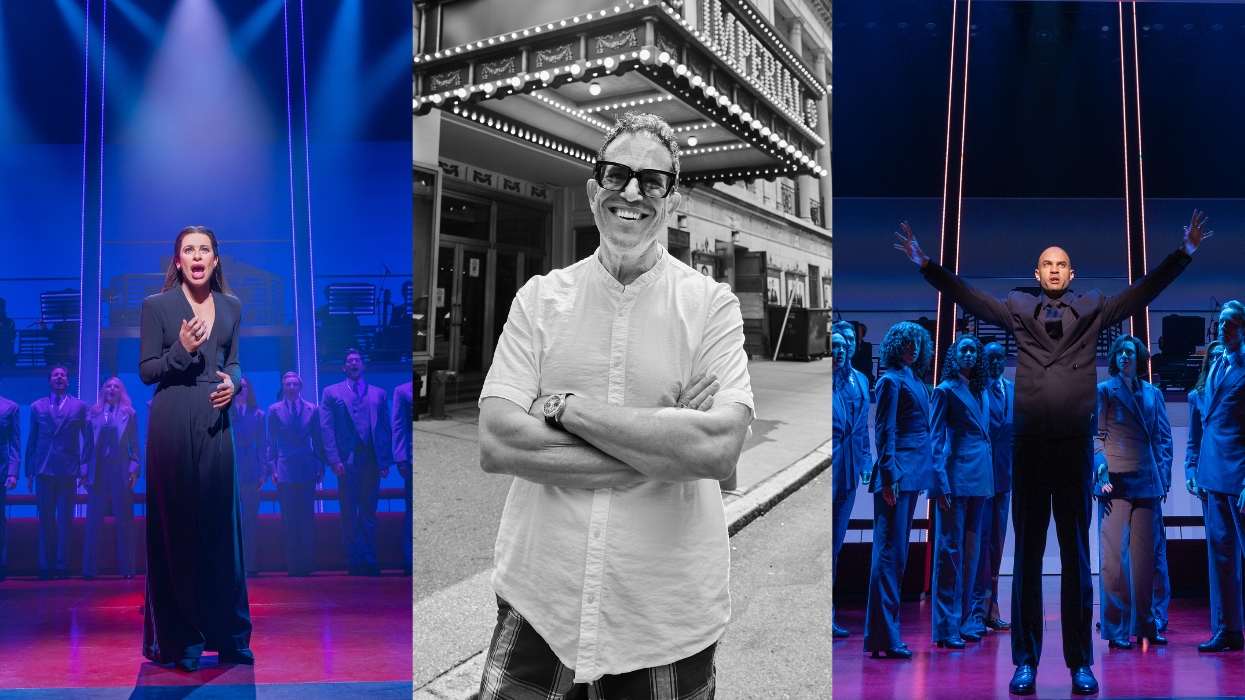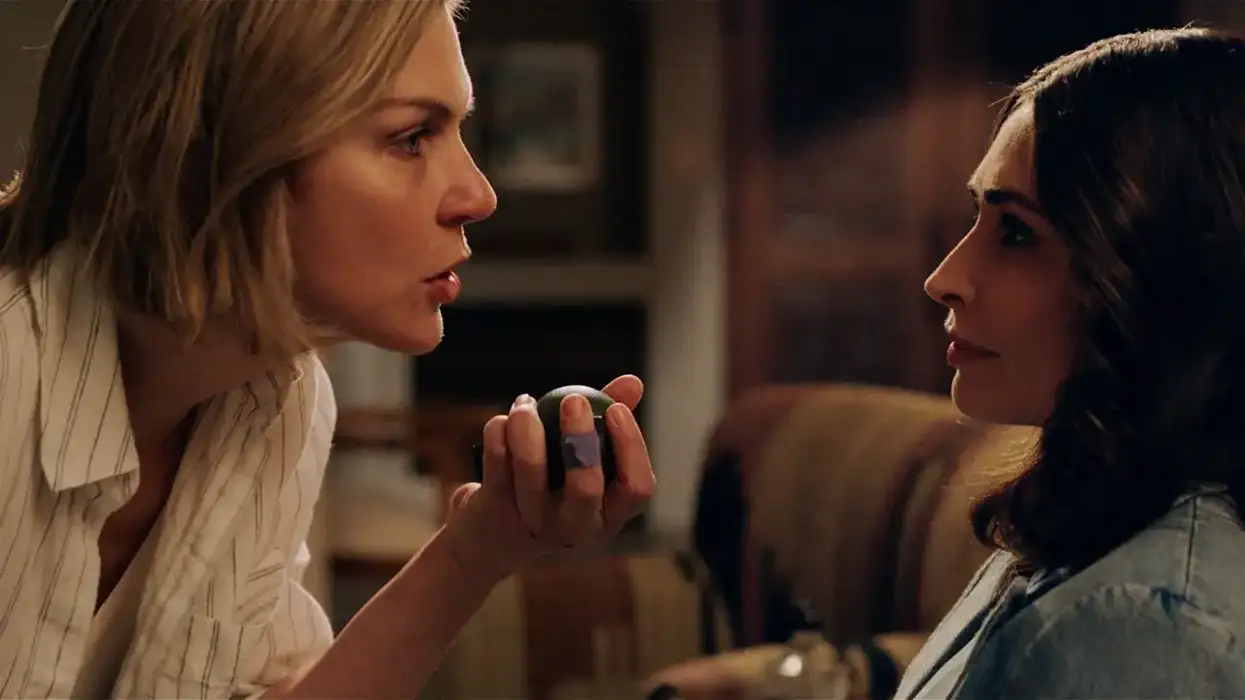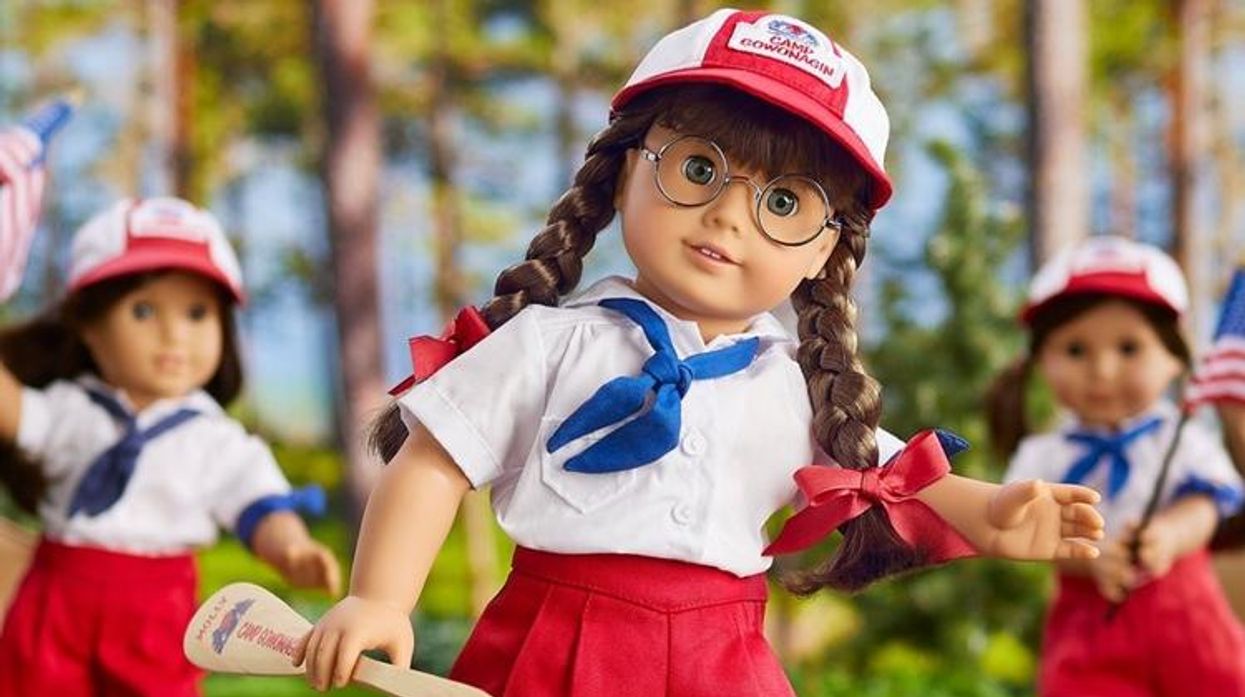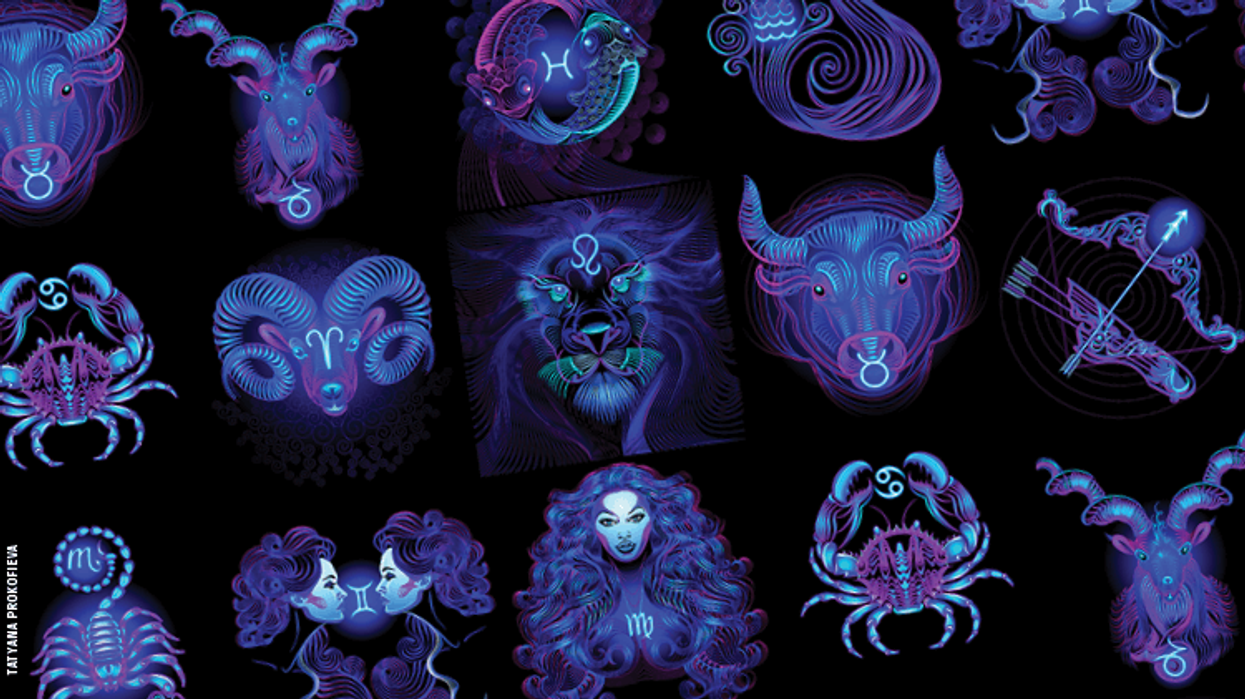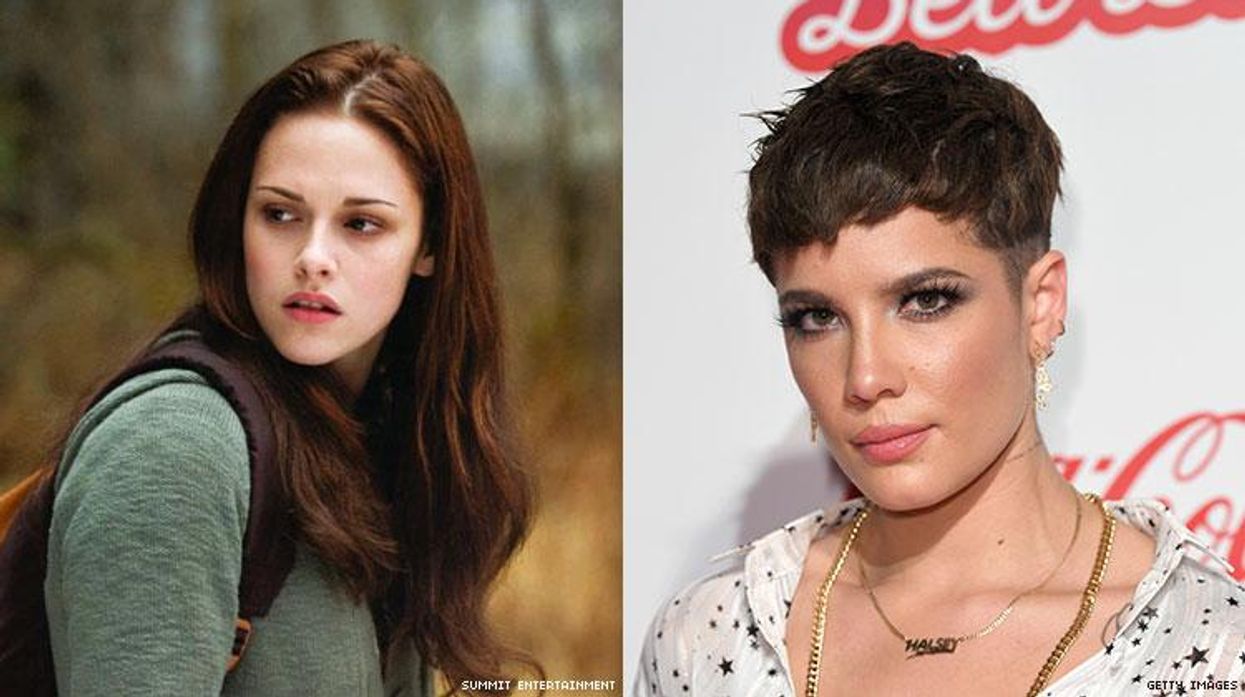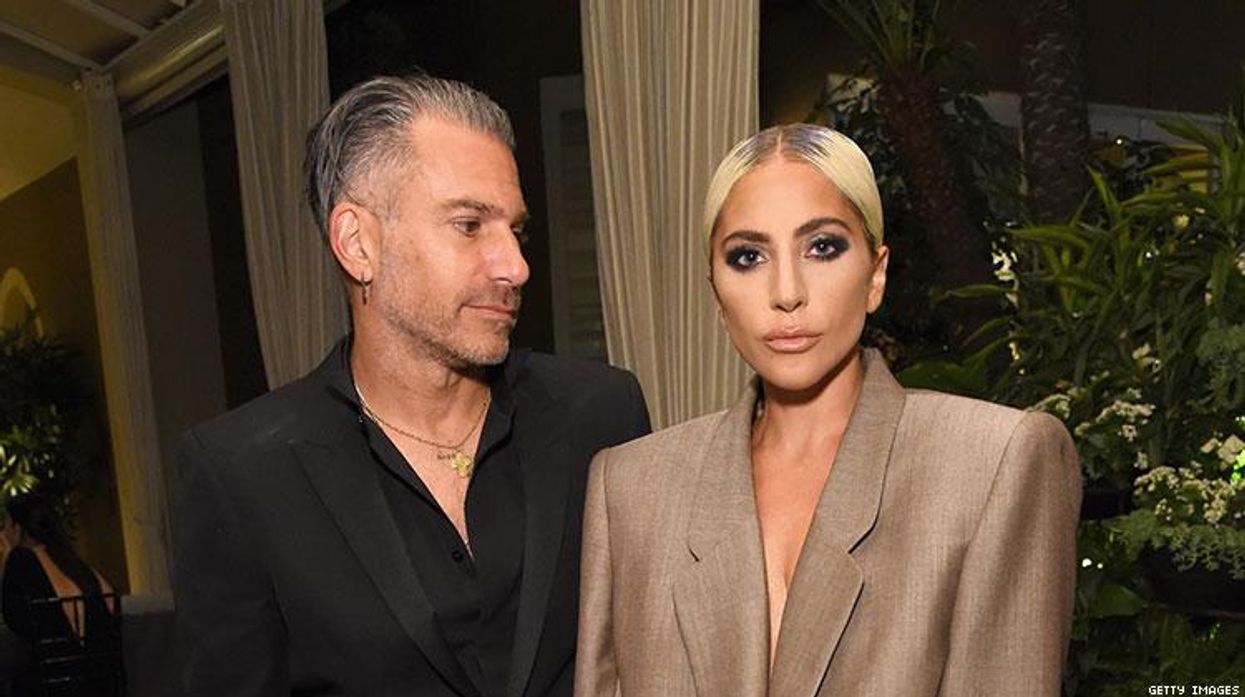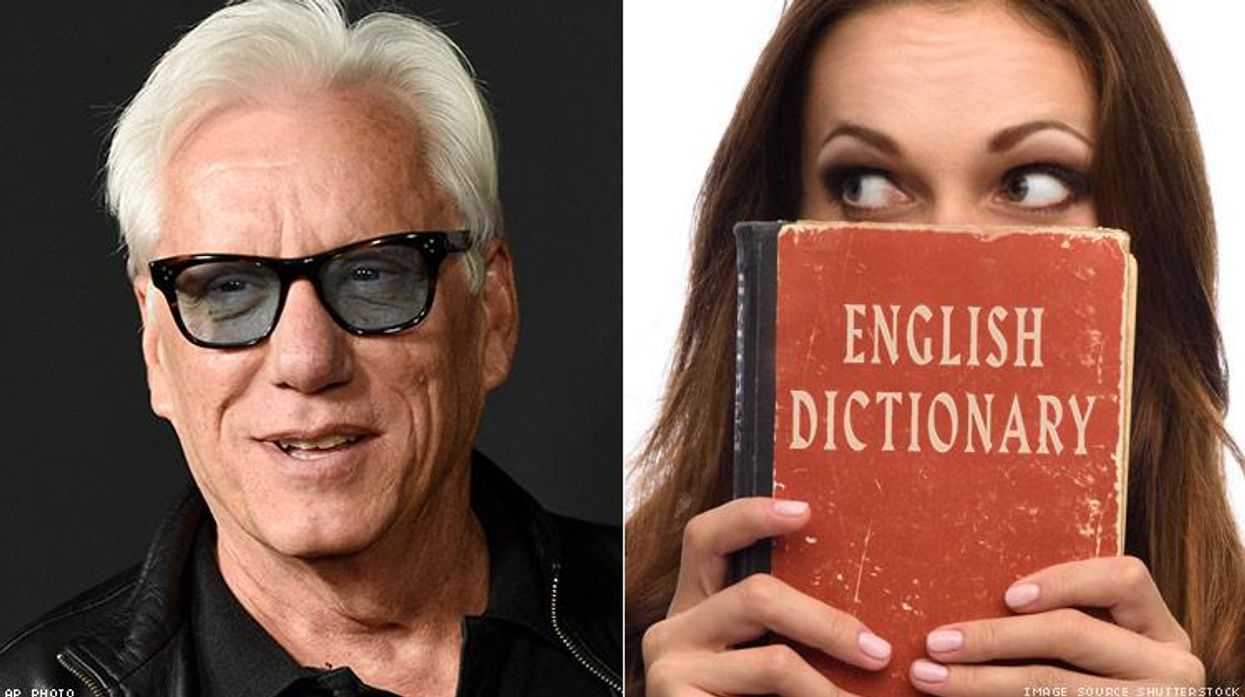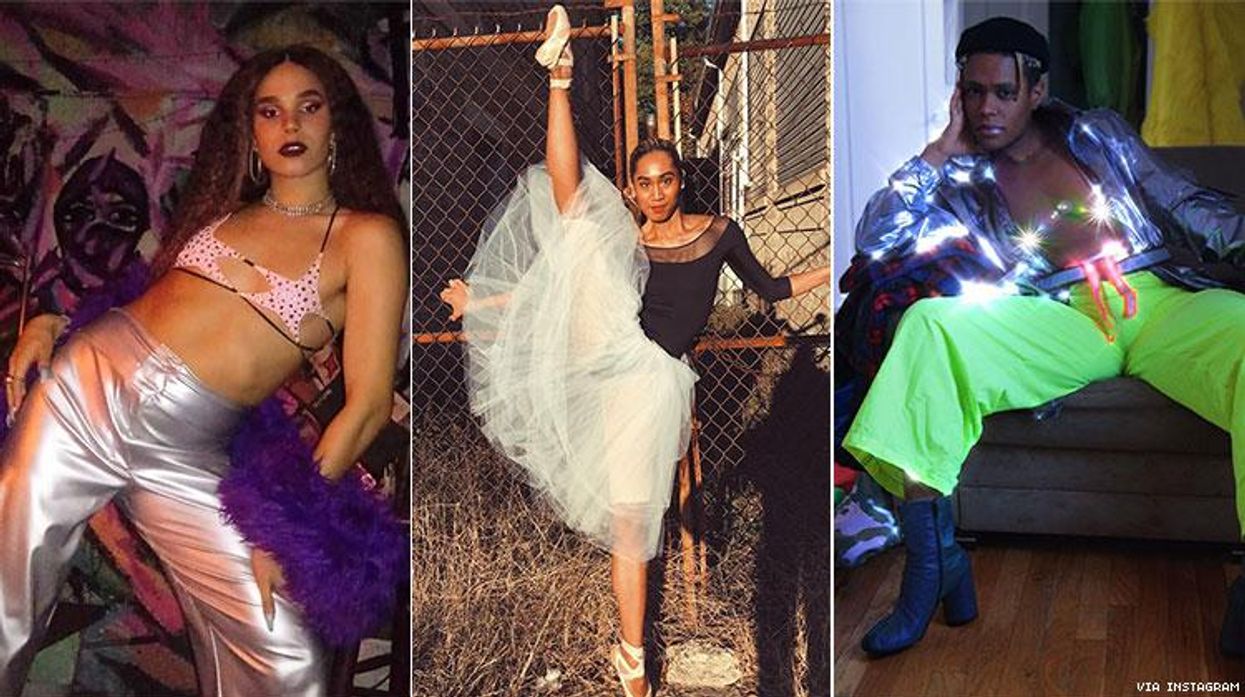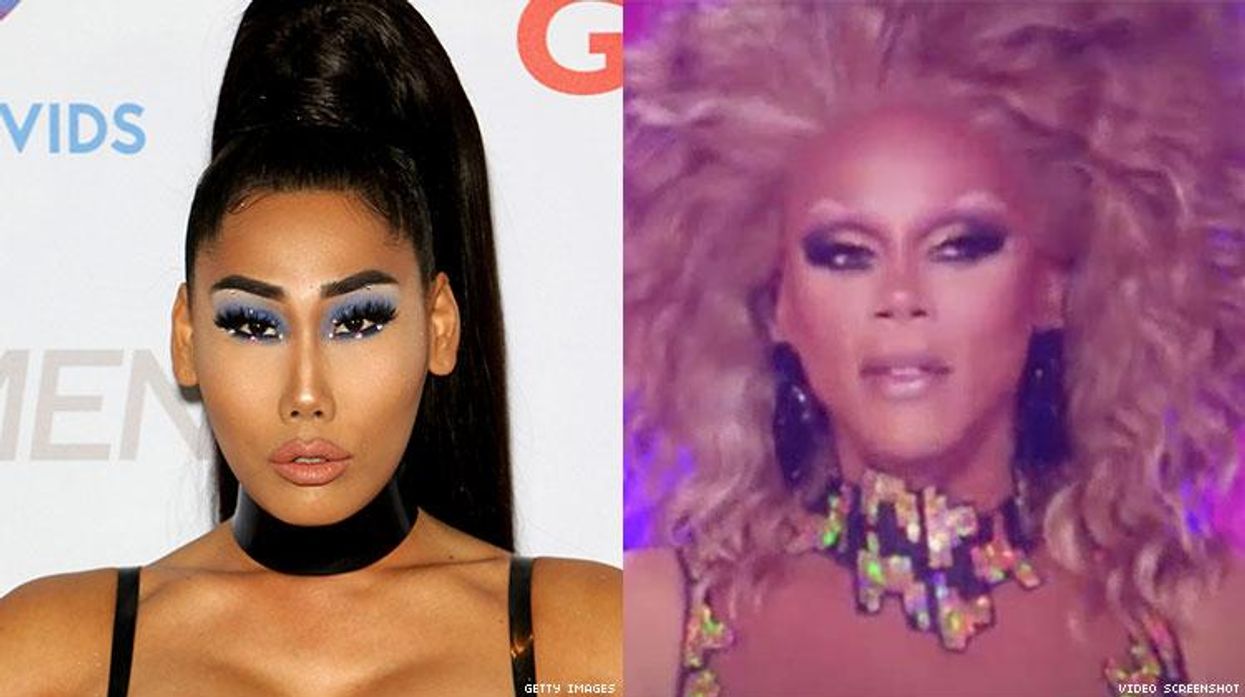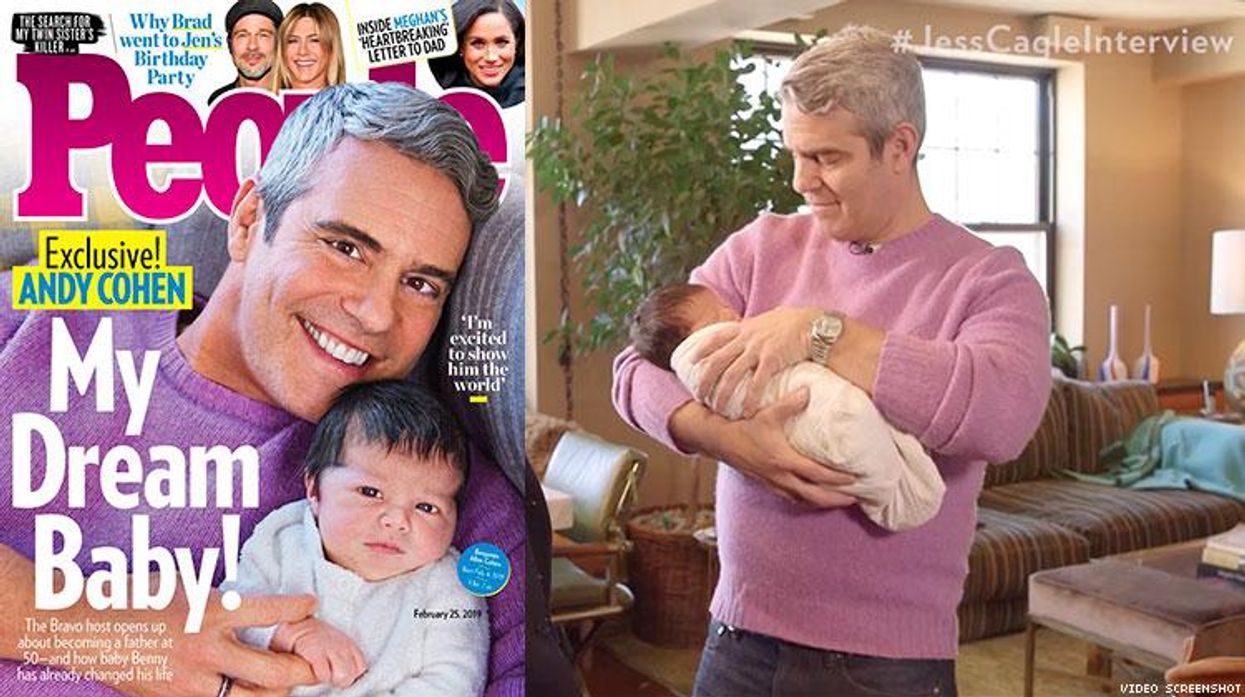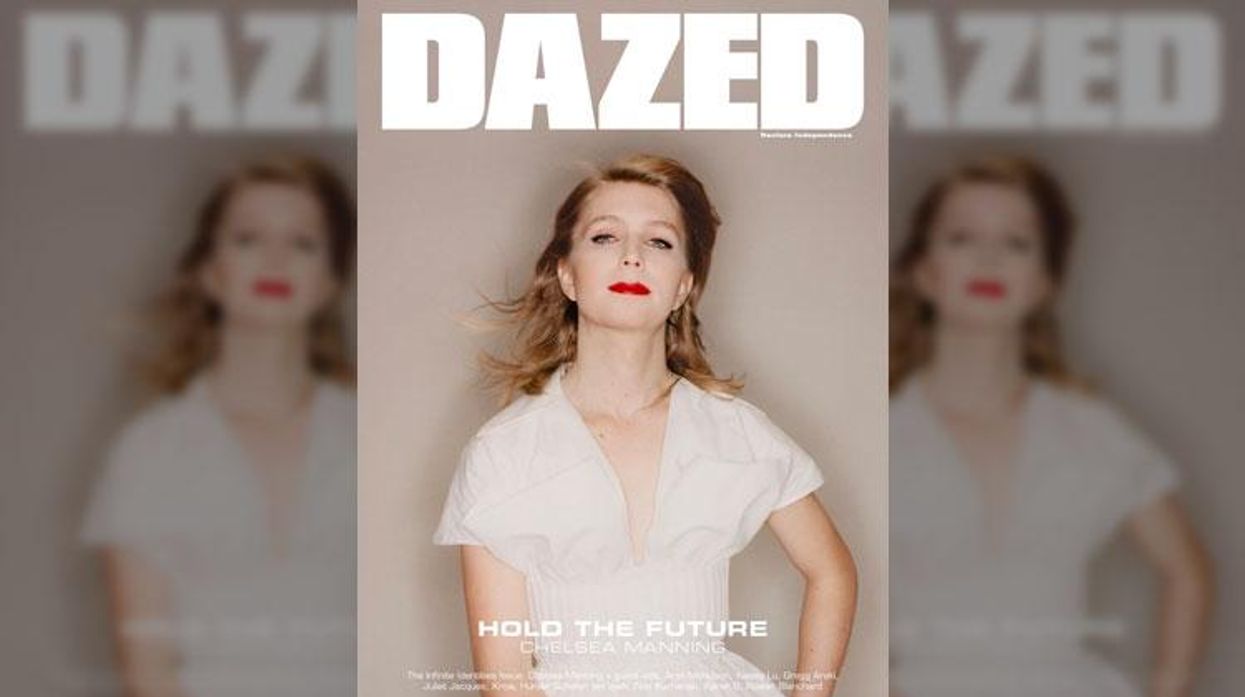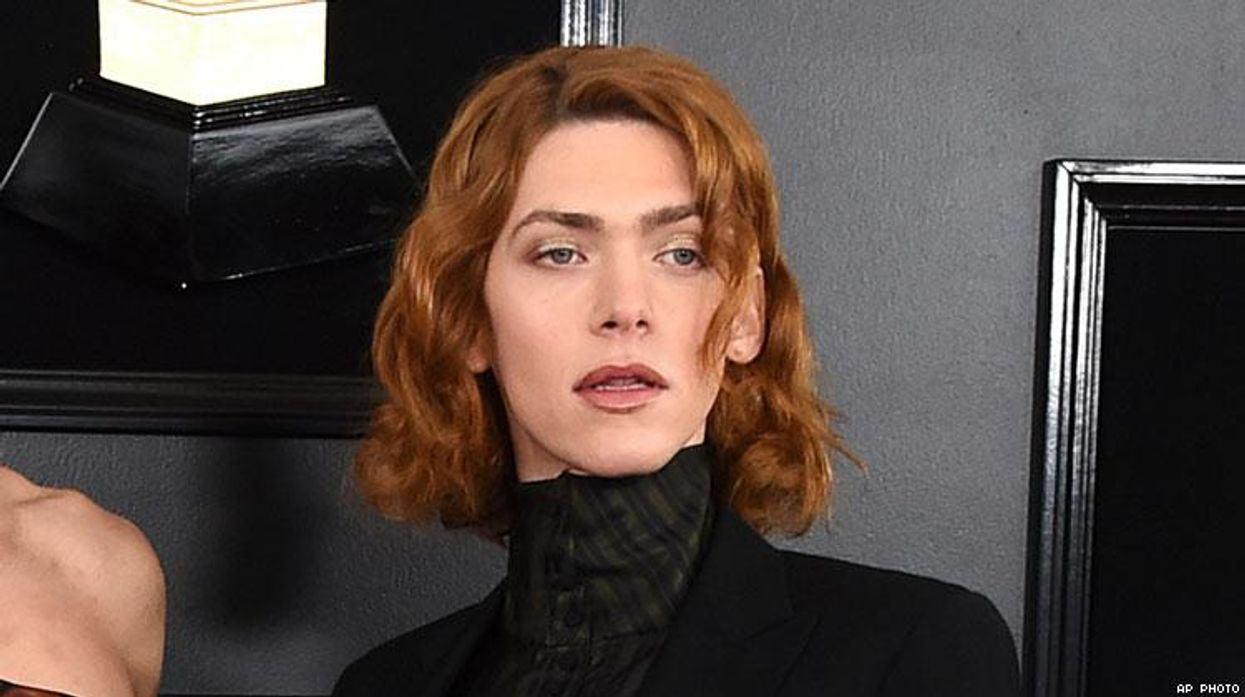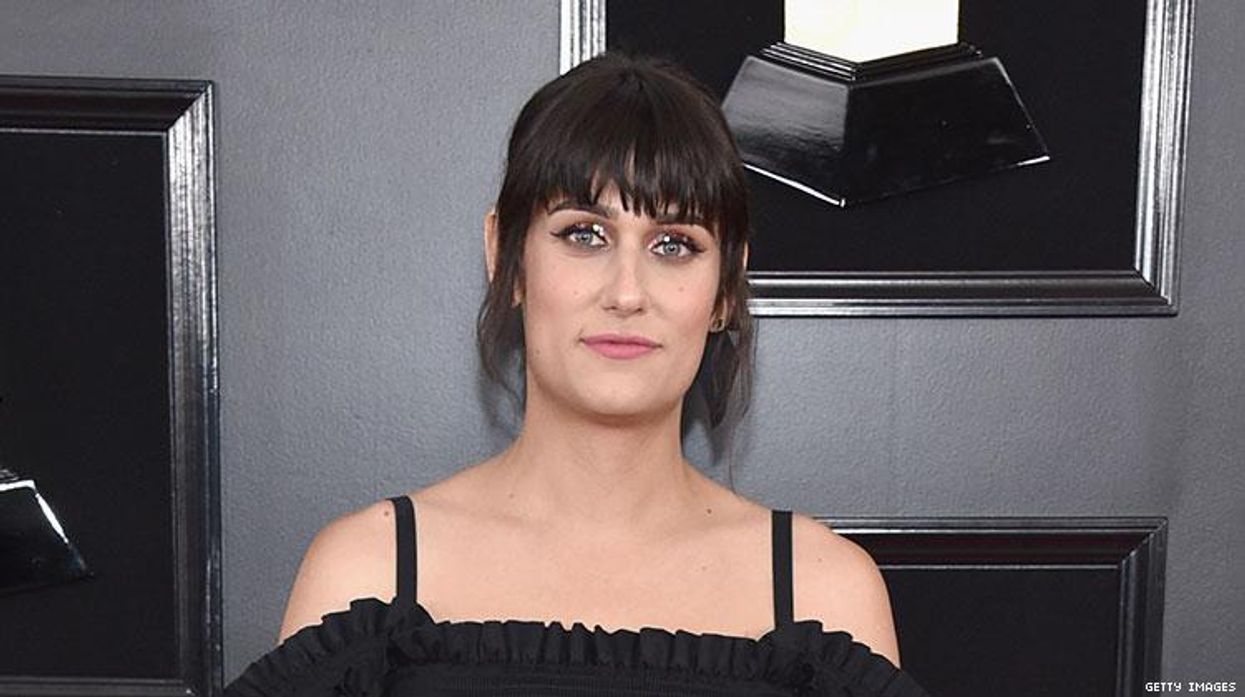Robert Zemeckis' Welcome to Marwen manages to paint a beautiful picture of a fascinating story about a man who created an entire world to cope with his trauma. But in doing so, it falls victim to some of Hollywood's most antiquated tropes.
The film is based on the life of Mark Hogancamp, a man from Kingston, NY who survived a hate crime in 2000. After drunkenly revealing that he liked to sometimes "cross-dress," five men attacked him. Following a nine-day coma and a 40-day hospital stay, he had brain damage and almost no memory of his past.
To cope with his trauma however, Hogancamp created Marwencol, a miniature WWII-era Belgian village with doll versions of himself and those in his life. His intricate creations featured scaled architecture and detailed characters with entire storylines of romance and Nazi battles. Marwencol became a place for him to express his love of heels, sexual frustration, and anger against his attackers. He was eventually discovered by a local photographer whose connections led to a gallery showing, hoisting his work to an international level.
Although the film's marketing conveniently avoided this detail, Steve Carell portrays Hogancamp and his love of heels (he has a collection of more than 200 pairs) with full gusto. While Hogancamp is straight and cisgender, he explains this very queer act of cross-dressing connects him to "women's essence." He also shows this appreciation in Marwen, where the dolls are inspired by women who cared for him, depicted as strong, ass-kicking Nazi hunters.
"I made my town full of nylon-wearing lesbians and me," Hogancamp recently told The Advocate.
Although the women of Zemeckis' Marwen are empowered (yet slightly exploited), there's unfortunately none of this queer representation. Instead, the film takes Hogancamp's emotional connection to both the plastic and real women in his life and wraps them in a neat, romanticized bow of a Hollywood ending. It manages to include a friend zone/rejection plot line that, in reality, is often much more toxic, and it alludes to the right-under-their-nose-the-whole-time love story that merely reduces a quality female character to a consolation prize.
The 2010 documentary, Marwencol, sheds more light on Hogancamp's life, post-attack. While he did use his dolls to channel the sexual and romantic frustration that came with his subsequent brain damage, he was never able to romantically connect with the women who inspired his dolls (or any woman), and no romantic connection magically fixed his trauma. Hogancamp's story doesn't come with a happily ever after when the bad guys are vanquished, but it continues to be a very real struggle with mental health. It's a struggle that no Oscar-worthy performance or film could properly unpack in an hour and 56 minutes, leaving Zemeckis' adaptation incomplete.
Zemeckis' film surprisingly features a prominent and respectful depiction of Hogancamp's gender expansive dress, making it a potentially valuable form of representation for gender nonconforming viewers. It seems a missed opportunity as that detail was largely omitted from the film's marketing, much like other secretly queer films of 2018: The Favourite, Can You Ever Forgive Me?, and Bohemian Rhapsody.
While Welcome to Marwen is a film worth seeing, it has moments that shouldn't be viewed with the most literal of interpretations, but with rose-tinted Hollywood glasses.
Related | Is Bohemian Rhapsody, the Biggest Gay Film in History, Actually Gay?


